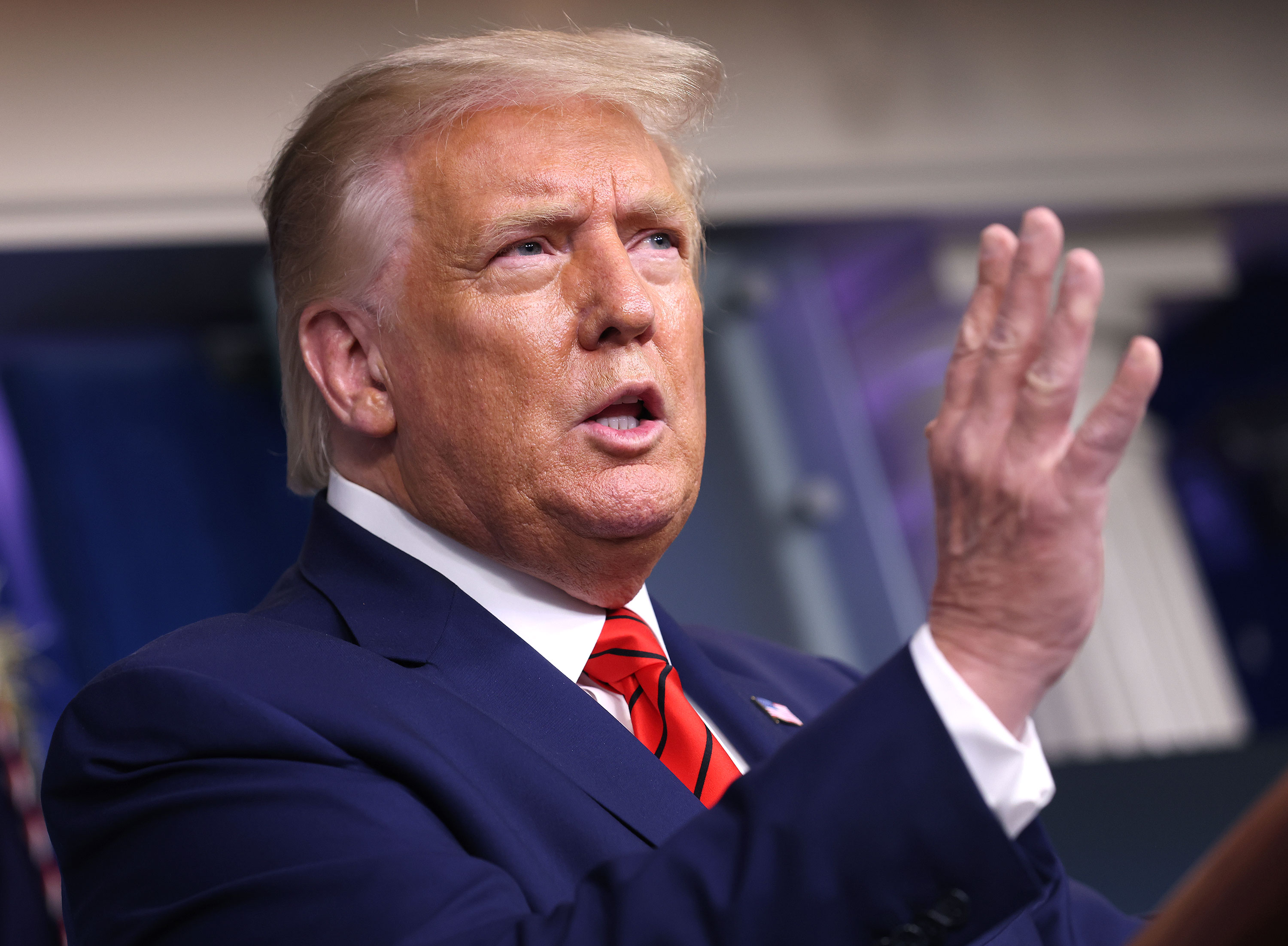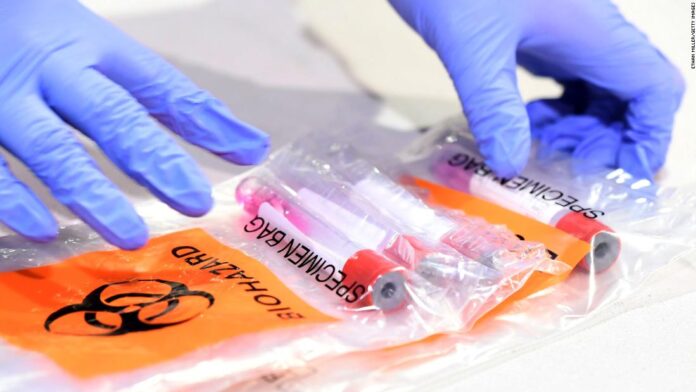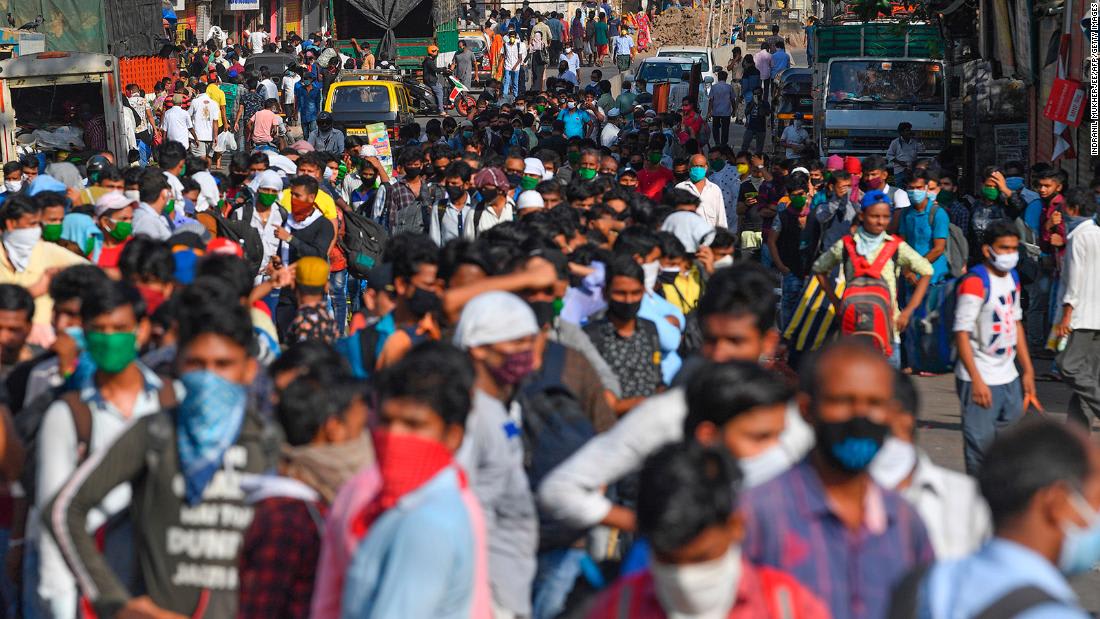Global survey shows 74% of people are willing to get a coronavirus vaccine
From CNN’s Maggie Fox

About three-quarters of people surveyed around the world say they’d be willing to get a coronavirus vaccine if one came out, with the most enthusiasm in China and the least in Russia.
The poll, conducted by Ipsos for the World Economic Forum, surveyed nearly 20,000 people across 27 countries.
The survey showed:
- 74% of all adults surveyed would get the vaccine if it were available.
- China had the highest support for vaccination, with 97% of those surveyed saying they would get immunized.
- Russians showed the least interest, with just 54% saying they would.
- 67% of Americans said they’d get the vaccine while 33% expressed little or no interest. Of those who said they would refuse, 60% said side-effects were their biggest worry and 37% said they did not think it will be effective.
- Only 40% of all respondents expect a vaccine to be available this year.
Experts expressed concern that more than a quarter of people worldwide would not get the vaccine.
“The 26% shortfall in vaccine confidence is significant enough to compromise the effectiveness of rolling out a Covid-19 vaccine,” said Arnaud Bernaert, Head of Shaping the Future of Health and Healthcare at the World Economic Forum, in a statement.
Here’s how long it took the US to reach 6 million Covid-19 cases
From CNN’s Amanda Watts, Holly Yan and Madeline Holcombe
There have been more than 6 million cases of coronavirus reported in the United States, according to data compiled by Johns Hopkins University.
JHU recorded the first case of coronavirus in the US on January 21. Here’s how the country got to more than 6 million:
- It took the country 99 days to reach 1 million cases on April 28.
- It then took 43 more days to reach 2 million cases on June 10.
- It took another 28 days to surpass 3 million cases on July 8.
- It took the US only 15 additional days to surpass 4 million cases on July 23.
- It took the US 17 days to go over 5 million cases.
- It has taken the nation 22 days since then to reach 6 million cases.
Only two other countries in the world have over 1 million reported Covid-19 cases — Brazil and India.
But there’s a bit of good news for the US, according to health experts.
“As a nation, we are clearly doing better now on the last day of August than we were on the first day of August,” Dr. Ashish Jha, director of the Harvard Global Health Institute, said.
“(Daily) cases have come down. Deaths are starting to decline. Hospitalizations are down. This is good news, and it’s largely because of smart policies in Texas and Arizona and Florida around masking and closing bars,” Jha said.
“But there are still parts of the country where things are both bad and even getting worse. In the Dakotas, in Kansas and other states, we still see a lot of cases. And as a nation, we’re still seeing a lot of cases of coronavirus. So progress, but we have a long way to go.”
Despite Trump’s positive messaging, White House coronavirus task force report shows dire reality
From CNN’s Betsy Klein

As US President Donald Trump was painting a positive picture of the coronavirus pandemic and urging states to reopen the nation’s businesses and schools, data from the White House coronavirus task force released Monday shows he was getting increasingly dire reports about the spread of the pandemic in July and August.
The House Select Subcommittee on Coronavirus on Monday published eight weeks’ worth of state reports compiled by the White House task force.
The task force releases these reports each week to governors’ offices for their respective states, and has previously declined to make them publicly available or confirm the authenticity of any of the data reported. There had been some discussion on a call with governors earlier this month, audio of which was obtained by CNN, about making some of the data publicly accessible in real time, but that has yet to happen.
“Rather than being straight with the American people and creating a national plan to fix the problem, the President and his enablers kept these alarming reports private while publicly downplaying the threat to millions of Americans,” subcommittee Chairman James Clyburn, a South Carolina Democrat, said in a statement.
The most recent of the eight reports released by the subcommittee is dated August 9. Since then, the course of the pandemic has changed, improving in some places and getting worse in others.
The 459-page August 9 report has a section for each state, which includes extensive data on the state’s cases down to a county level, as well as detailed, private recommendations to state and local officials to slow the spread, including promoting social distancing and face coverings, implementing contact tracing, and closing bars and nightclubs in “red zone” states.
The “red zone” indicates there are more than 100 new cases per 100,000 population and/or test positivity is above 10%, per the task force’s definition. There were 20 states in the task force’s “red zone” as of August 9.
The “yellow zone” indicates between 10 and 100 new cases per 100,000 population and/or test positivity between 5 and 10%, per the task force’s definition. There were 28 states plus the District of Columbia in the “yellow zone.”
Just two states, Maine and Vermont, were in the green zones for test positivity and cases.
On the same day that report was released, Trump claimed that coronavirus cases were rising due to increased testing, which is disproven by the many states in the report with rising test positivity rates — meaning the proportion of people who test positive compared to negative, which can signal a burgeoning outbreak.
Read more about the report:
India is moving ahead with reopening despite daily coronavirus caseload surges
From CNN’s Nectar Gan and Esha Mitra in New Delhi
India is entering a new phase of reopening that will see subway trains running for the first time in months, despite skyrocketing daily coronavirus infections that are showing no sign of slowing down.
The country of 1.3 billion people has reported more than 75,000 infections for five consecutive days — the fastest growing caseload of any country in the world.
India’s infection rate has increased exponentially in recent weeks. It took almost six months for the country to record 1 million cases, another three weeks to hit 2 million, and only 16 more days to hit 3 million.
At this rate, India’s total number of cases, now at over 3.6 million, is on track to outnumber that of Brazil to become the second highest in the world, behind the US.
But India’s death toll remains relatively low compared to its infection numbers. As of Sunday, India reported 64,469 coronavirus deaths — about half of Brazil’s death toll — with a mortality rate of 1.79%, according to its Health Ministry.
As infections soar, the Indian government has continued to lift lockdown measures. On Saturday, the Ministry of Home Affairs announced India will enter a new phase of reopening on September 1 known as “unlock 4.”
That includes the resumption of the country’s metro rail services in a “graded manner” from September 7, according to the ministry’s statement.
Under the new rules, gatherings of up to 100 people will be permitted at sports, entertainment, cultural, religious and political events outside of hot-spot areas from September 21, with mandatory face-mask wearing and social distancing measures.
Schools and colleges will remain closed until the end of September, although up to 50% of the teaching staff will be allowed to return to campus to teach online courses, and students from Year 9 to 12 can also return on a voluntary basis.
Read the full story:











